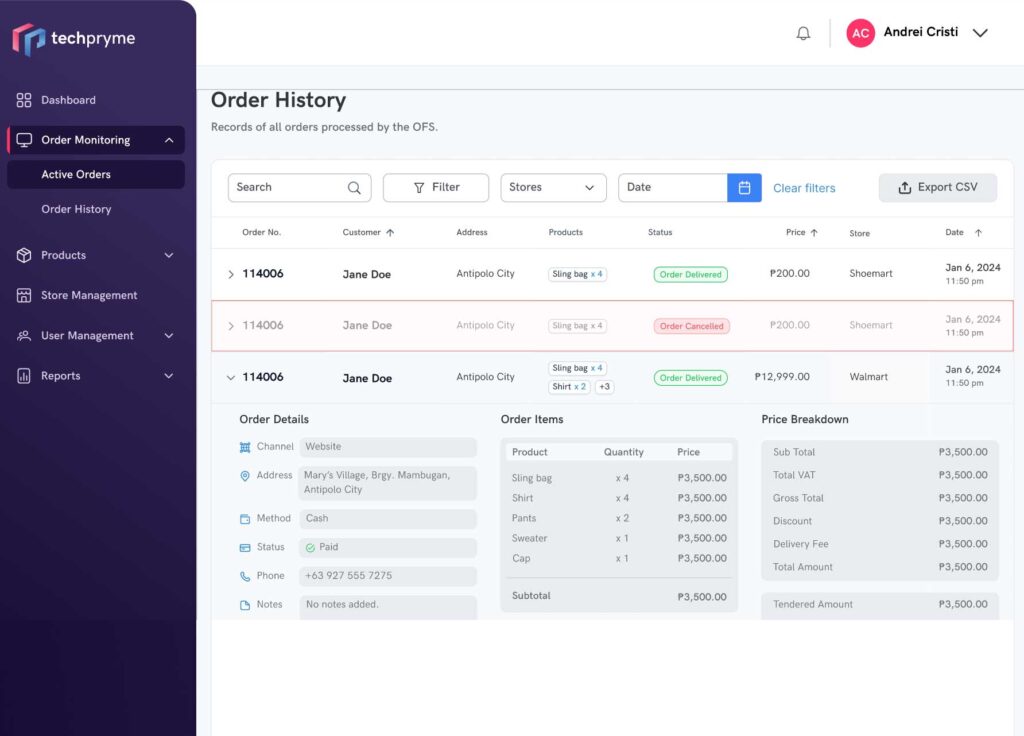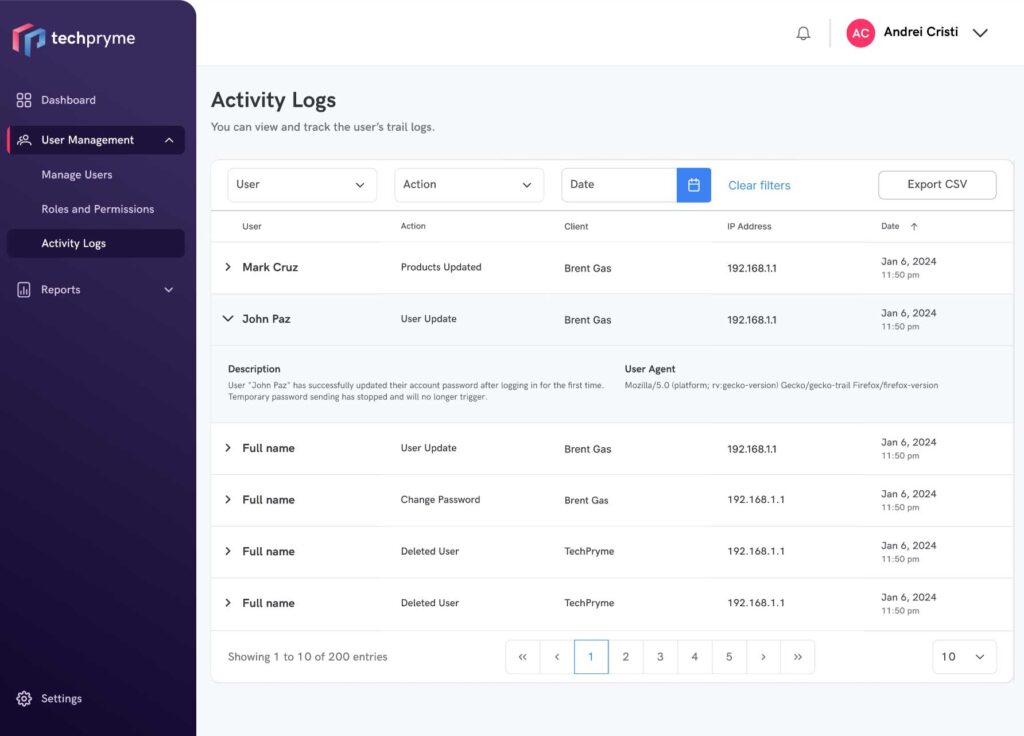
In today’s competitive e-commerce and retail landscape, an efficient order fulfillment process is not just a logistical necessity—it’s a cornerstone of customer satisfaction and business growth. As your business expands, relying on manual processes or outdated systems can lead to costly errors, delays, and frustrated customers. This is where a powerful Order Fulfillment System (OFS) becomes indispensable.
But with numerous options available, how do you choose the right OFS for your business? Here’s a comprehensive guide to help you make an informed decision.

1. Understand Your Current & Future Needs
Before evaluating any system, clearly define your current fulfillment challenges and your future growth aspirations.
Current Pain Points: Are you struggling with manual data entry, inventory discrepancies, slow shipping, or high return rates? Quantify these issues if possible.
Order Volume: What is your average daily/monthly order volume? How much do you expect it to grow in the next 1-3 years?
Product Complexity: Do you sell a few high-volume items or a wide range of diverse products? Do you handle perishable goods, custom orders, or complex bundles?
Integration Requirements: What existing systems (e.g., e-commerce platforms, ERP, CRM, accounting software) does the OFS need to connect with seamlessly?
2. Key Features to Look For in an OFS
A comprehensive OFS should offer a range of functionalities to streamline your entire fulfillment workflow. Prioritize features based on your needs assessment:
Order Taking & Processing Automation:
Automated order capture from various sales channels (e-commerce, marketplaces, etc.).
Real-time order validation and routing.
Support for different order types (B2C and B2B).
Inventory Management:
Real-time inventory tracking across all locations.
Automated stock alerts and reorder points.
Batch and lot tracking, serial number tracking (if applicable).
Support for multiple warehouses or fulfillment centers
Shipping & Logistics Integration:
Direct integrations with major shipping carriers
Automated rate shopping to find the best shipping options.
Real-time shipment tracking for customers.
Returns management and reverse logistics capabilities.
Reporting & Analytics:
Customizable dashboards for key performance indicators (KPIs) like order accuracy, shipping times, and inventory turnover.
Detailed reports on fulfillment costs, labor efficiency, and customer satisfaction.
Ability to identify bottlenecks and areas for improvement.
User Management & Security:
Role-based permissions to control access levels for different team members.
User activity logs for auditing and accountability.
Secure password management and account recovery.
Client Management:
Centralized customer information and order history.
Tools for managing customer inquiries and returns efficiently.
API Integrations:
Robust APIs for seamless connectivity with your existing e-commerce platforms, ERP systems, POS, and other critical business software.
Store-Facing Capabilities (for retailers):
Order monitoring and management for in-store pickups.
In-store inventory visibility and management.
Agent-to-store messaging for real-time coordination.
MAP/GIS (Geographic Information System):
Visualizing delivery routes, optimizing last-mile delivery, and managing fleet operations.
App Notifications:
Real-time alerts for critical events (e.g., low stock, order issues, delivery updates) to relevant personnel.
Menu Management:
Ability to easily define, organize, and update product catalogs and pricing within the system.

3. Consider Scalability and Flexibility
Your chosen OFS should be able to grow with your business. Look for solutions that:
- Can handle increasing order volumes without performance degradation.
- Allow you to easily add new users, locations, or product lines.
- Offer modularity, so you can add features as your needs evolve.
4. User-Friendliness and Training
An OFS, no matter how powerful, is only effective if your team can use it efficiently.
- Intuitive Interface: Look for a system with a clean, easy-to-navigate interface.
- Training & Support: Assess the vendor’s training resources, documentation, and ongoing customer support.
- Implementation Process: Understand the typical implementation timeline and resources required from your side.
5. Vendor Reputation and Support
Research potential vendors thoroughly.
- Experience: How long have they been in the OFS space?
- Client Testimonials & Case Studies: Look for businesses similar to yours that have successfully implemented their system.
- Support Model: What kind of support do they offer (24/7, tiered, dedicated account manager)?
- Updates & Innovation: Do they regularly update their software with new features and security patches?
6. Cost-Benefit Analysis
Beyond the initial price, consider the total cost of ownership (TCO) including:
- Subscription fees (SaaS) or licensing costs (on-premise).
- Implementation and customization costs.
- Training expenses.
- Ongoing maintenance and support fees.








